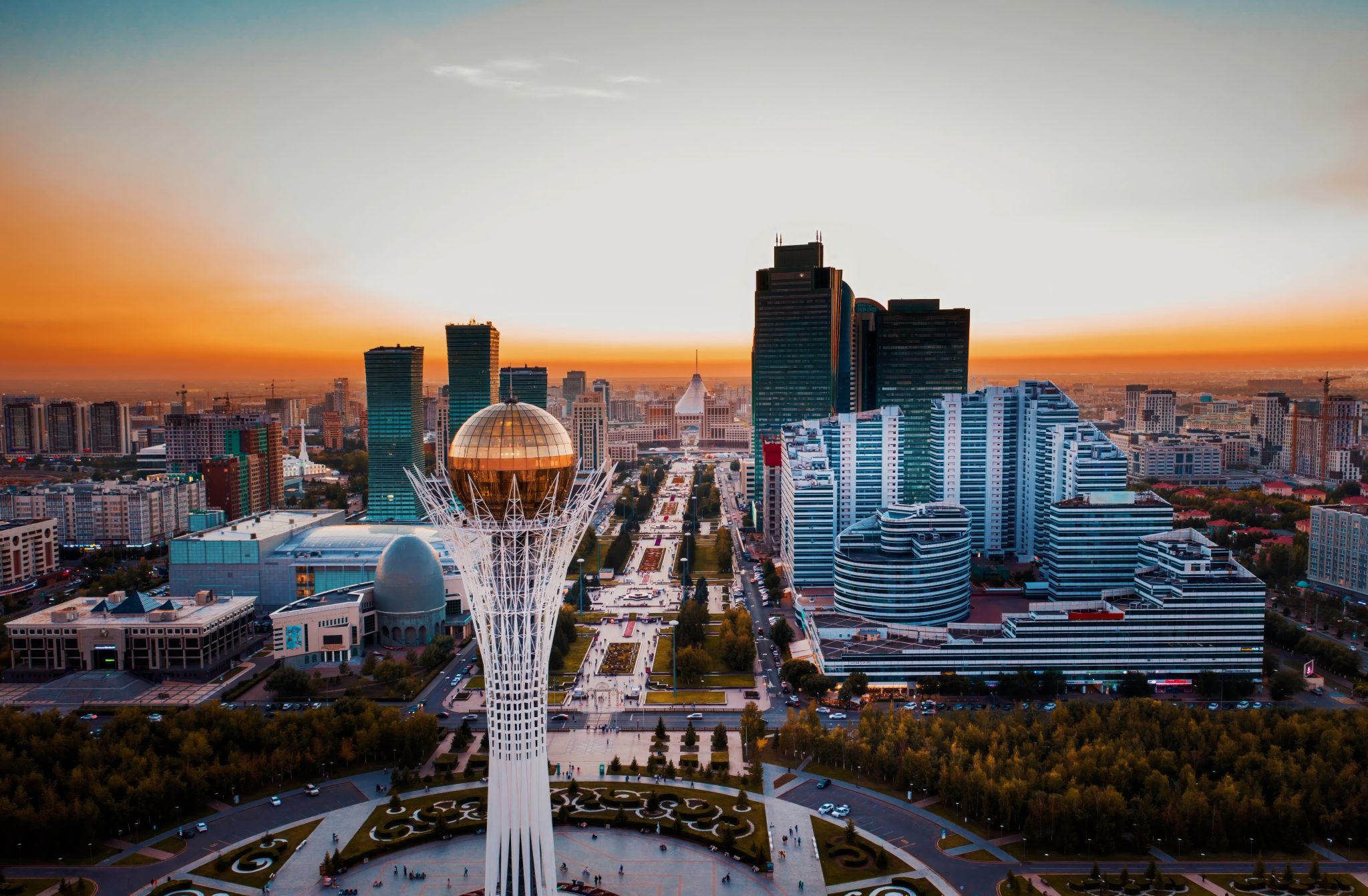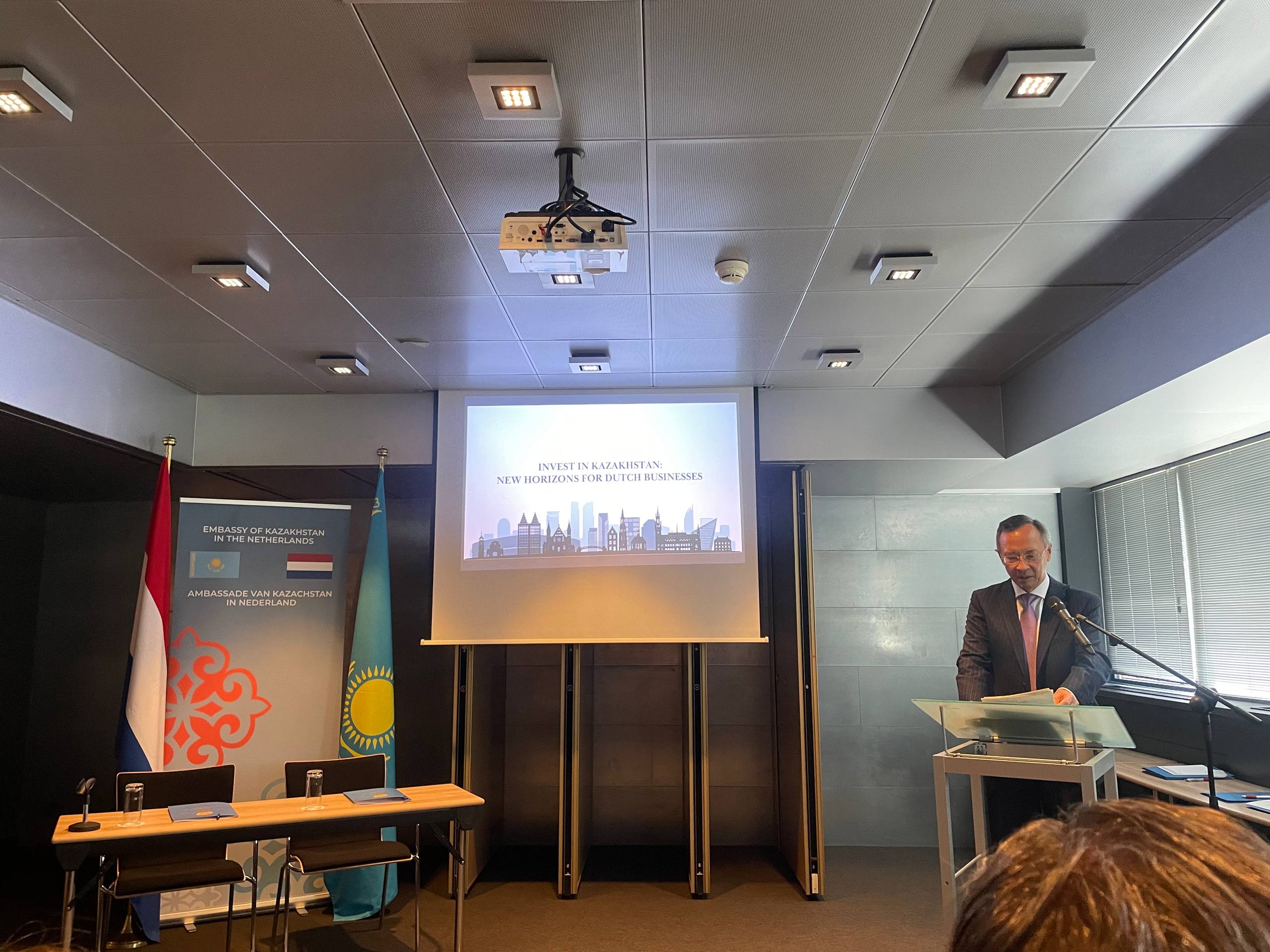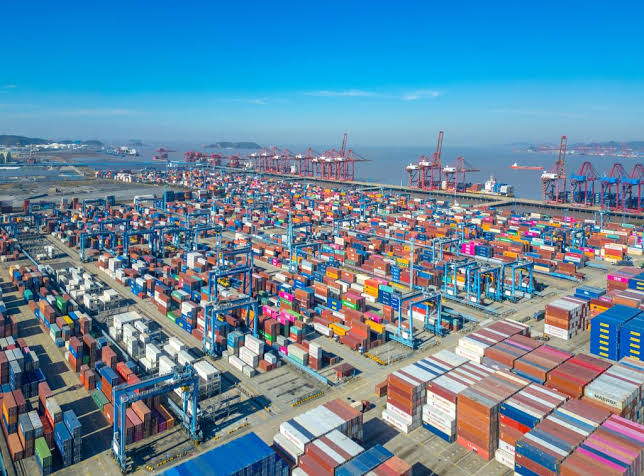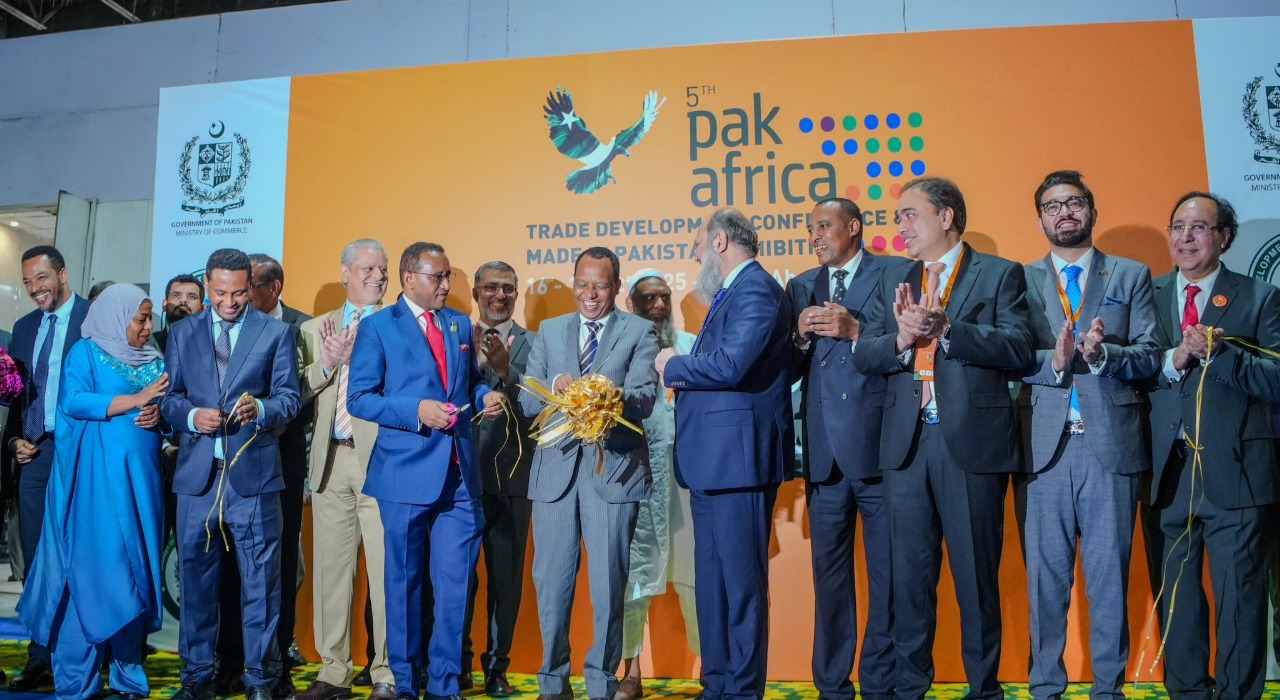Climate change on a global scale is inevitable and undeniable. Unfortunately, this process in Central Asia has been progressing over the years. The ecological and climatic situation in the region continues to be a difficult challenge for the Central Asian states, which is due to the combined influence of both global and regional climatic processes. At the same time, the priority source of such changes is warming caused by an increase in the concentration of greenhouse gases in the Earth’s atmosphere.
Central Asia, located in the middle and high latitudes of the planet’s northern hemisphere, is one of the regions most vulnerable to climate change. The average air temperature here has increased by an average of 1.7° C per century, in many areas the variability and intensity of precipitation is increasing, there is a tendency for the runoff of small and large rivers to decrease. At the same time, there is a sharp increase in the frequency and amplitude of fluctuations in extreme flood values and periods of water shortage.
What is the reason for this situation?
The acceleration and intensification of climate change in the region are largely associated with the degradation of the Aral Sea ecosystem, which until the 1960s served as a natural climate regulator, leveling out sharp fluctuations in temperature indicators in the territory of Central Asia due to the significant volume of water and area of the water surface. Air masses, coming mainly from the western direction over the territory of the Aral Sea, heated up in winter and cooled down in summer. Such intensive processes led to the fact that the moisture circulating with the air masses fell as precipitation over the mountain ranges in the autumn-winter period, replenishing the snow and ice cover. The ecological catastrophe of the Aral Sea caused significant negative changes in this circulation system, disrupting the distribution of moisture in the region.
The degradation of the Aral Sea ecosystem and the emergence of new desertification areas are a catalyst for the acceleration of the warming process in the region. The climate in Uzbekistan and Central Asia as a whole is becoming drier and hotter every year, the number of dust storms of significant intensity is increasing in summer and snow drifts in the mountains are decreasing in winter. This creates challenges for the development of individual sectors of the economy (agriculture and water-intensive industries) and gives rise to climate migration in the region.
What measures are being taken in our country?
Uzbekistan is implementing consistent measures aimed at mitigating the processes of further deterioration of the situation. In particular, being a party to the UN Framework Convention on Climate Change (UNFCCC) and the Paris Agreement, the republic is implementing relevant national plans and projects.
In Uzbekistan, the legal framework in the field of environmental protection is provided by more than 30 laws and about 280 regulatory legal acts. Climate change issues are integrated into national strategies and programs. The Strategy for the transition to a “green” economy for the period 2019-2030 has been approved, the important tasks of which are to increase the energy efficiency of the economy and the rational consumption of natural resources. Priority attention is also given to issues of water conservation and environmental protection, increasing the area of green spaces in the country, creating green belts around large cities to improve the environmental situation, land reclamation and combat desertification in the Strategy “Uzbekistan – 2030”.
Recently, experts have often expressed the opinion that outdated technologies and environmentally harmful production, ineffective treatment facilities and the use of large volumes of hydrocarbon fuels bear significant responsibility for the difficult environmental situation in Central Asia. For example, a large number of cars with internal combustion engines leads to a deterioration in the environmental situation in cities, which causes fair complaints from residents. Indeed, this is true.
The structure of transport vehicles used in the republic is dominated by automobiles, the total number of which is more than 4.5 million units. Despite its relative efficiency and economy, automobile transport is the second largest consumer of energy resources and, along with the industrial sector, is one of the main polluters of the environment. In general, the share of emissions of pollutants into the atmosphere from vehicles currently reaches 63 percent in the country, and in large cities such as Tashkent, it exceeds 90 percent.
At the same time, the annual volume of pollutant emissions due to the use of gasoline and diesel fuel in motor vehicles amounts to more than 1.5 million tons.
Due to the rapid growth of construction of various facilities throughout the country and the abnormal increase in temperature, there is a noticeable deterioration in the state of the environment, especially in large and industrially developed cities.
In these conditions, the way out of the situation is undoubtedly the transition to the technologies of the Fourth Industrial Revolution, the principles and values of the green economy. In practical terms, this means transferring the economy and transport sector to new-generation fuel and technologies, as well as improving the quality of monitoring situations with harmful emissions.
In Uzbekistan, this process is already actively underway both by society and the state, which provides support to businesses and citizens in the transition to new technologies. An example is the exemption of imports of electric vehicles from customs duties, excise taxes and transport fees. You only need to pay VAT in the amount of 12 percent of the total customs value.
This has led to a rapid increase in the number of imported electric vehicles and their popularization in the country. Today, more than 31 thousand electric vehicles are already operating in Uzbekistan. By the Decree of the President of the Republic of Uzbekistan dated October 30, 2019, from January 1, 2022, the import of gasoline and diesel vehicles that do not meet the environmental requirements of Euro-4 is prohibited.
Active changes are underway in the public transport sector of the largest cities of Uzbekistan towards the widespread introduction of electric buses. In 2023, 300 electric buses and 700 buses running on liquefied gas were purchased for Tashkent in China. Another 350 electric buses will be purchased for Samarkand.
Moreover, over the past two years, 3,148.2 km of railways have been electrified, and diesel locomotives have been replaced with electric locomotives.
In our opinion, the transition to hydrogen fuel for internal combustion engines and hydrogen energy as a promising direction of the Fourth Industrial Revolution contains great potential for improving the environmental situation in Uzbekistan.
The superiority of hydrogen energy
The advantages of hydrogen as a fuel are not only related to the fact that its combustion produces environmentally friendly water vapor. Compared to organic fuel, it has a large energy reserve: the combustion of one ton of hydrogen releases as much heat as the combustion of 3.5 tons of organic fuel. If we switch to hydrogen energy, some emissions (nitrogen oxides and carbon monoxide) will be significantly reduced, and some (sulfur dioxide and solid particles) will not exist at all.
In Uzbekistan, conditions have been created at the legislative level for the further development of a system for monitoring the state of air pollution, allowing information to be obtained online, as well as for the development of renewable energy.
As is known, energy is the main artery not only of the economy, but also of the sustainable development of any state. In the conditions of depletion of world reserves of hydrocarbon raw materials, aggravation of global environmental problems, the development of alternative energy with the expansion of the use of renewable energy sources is becoming increasingly important. The introduction and use of renewable energy sources in the world is becoming an absolute factor in innovative development. This leads, in particular, to the formation of a new technological base for the generation of electricity and heat, increases the energy efficiency of the electric power industry, creates jobs, improves the quality of life of people, environmental conditions, reduces the threat of man-made disasters.
In this regard, in the developed strategies for economic development, many leading countries set the goal of achieving the share of renewable energy sources in the total volume of generated electricity up to 40 percent by 2030.
Oil and gas account for 85 percent of the primary fuel and energy resources of Uzbekistan. At the same time, the factor of resource limitations of hydrocarbon energy sources, the scale and rate of their depletion encourage us to take the necessary measures to join the leading countries developing alternative energy. The introduction of renewable energy sources is one of the priorities on the way to the transition of the country’s economy to innovative rails and environmentally friendly technologies.
According to expert estimates, the potential of renewable energy sources in our country is equivalent to 51 billion tons of oil. The technologies that exist today make it possible to obtain energy equivalent to 179 million tons of oil, which is 2.5 times more than the volume of fuel used in the republic, and also to prevent emissions of 447 million tons of carbon dioxide, sulfur compounds, nitrogen oxide and other pollutants.
In 2019, Uzbekistan adopted the Law “On the Use of Renewable Energy Sources”, and the already mentioned Strategy “Uzbekistan – 2030” sets ambitious goals: commissioning renewable energy facilities with a total capacity of 27 thousand MW and bringing the share of renewable energy in the total volume of generated electricity to 40 percent. This will save 25 billion cubic meters of natural gas annually, reduce emissions of harmful substances into the atmosphere by 34 million tons.
Foreign companies and investors are being attracted to achieve these goals. One example is cooperation with an organization that plans to build three solar power plants: Nur Jizzakh with 220 MW in Jizzakh, Nur Samarkand with 220 MW in Samarkand, and Nur Sherabad with 457 MW in Surkhandarya regions. According to available information, the European Bank for Reconstruction and Development has already formed a financing package for Masdar in the amount of 205 million dollars. The commissioning of these three solar power plants will provide electricity to more than a million homes and reduce carbon emissions into the atmosphere by 1.2 million tons per year.
A convincing example of the scale of the work being carried out in this direction is the fact that in December 2023, five solar and one wind power plants in six regions of our country were put into operation and connected to the grid.
In particular, for the first time, solar power plants with a total capacity of 200 megawatts were put into operation in the Karmaninsky and Nurabadsky districts entirely through direct foreign investment under public-private partnership conditions, and to date, they have generated one billion kilowatt-hours of green energy.
The Emirati company Masdar has completed the implementation of projects for the construction of three modern photovoltaic stations in the Jizzakh, Samarkand and Surkhandarya regions with a total capacity of 900 megawatts. The first stage of a wind power station with a capacity of 500 megawatts has been built in the Tamdy district of the Navoi region.
In addition, in the Bukhara and Kashkadarya regions, the Chinese company China Gezhouba Group completed the first stage of construction of two solar power stations with a total capacity of 1000 megawatts.
It is noteworthy that the construction work was completed in record time – just nine months.
As a result of the full implementation of these projects, worth a total of two billion dollars, two million households will have uninterrupted access to electricity, and the opportunity will arise to save two billion cubic meters of natural gas, and produce industrial goods and services worth four billion dollars.
Today in our country work is underway on projects to build 22 solar and wind power plants with a capacity of 9 GW.
Individuals who install solar panels to provide their homes with electricity are exempt from paying land and property taxes for three years, and business entities – for 10 years.
In recent years, members of the Senate Committee of the Oliy Majlis of the Republic of Uzbekistan on the development of the Aral Sea region and ecology, in cooperation with leading specialists of Uzbekistan, have been working on a number of promising projects that are somehow related to new generation technologies.
First of all, our team of scientists and experts has developed a theory and universal method for assessing the intensity of climate change that has no analogues in the world. At present, we are ready to conduct practical testing of this method not only for Uzbekistan, but also for other regions of Central Asia.
Over the past few years, we have been working on creating a pilot plant for producing green hydrogen in an environmentally friendly way. It uses electrical energy generated by solar panels and a wind generator to decompose water molecules. Encouraging results have been obtained from testing the viability of the chosen technology, since the cost of such electrical energy is practically at the same level as electrical energy generated by traditional technology.
Work is currently underway to use an autonomous technical complex based on hybrid sources of electrical energy operating on solar and wind energy in combination with hydrogen technology systems for irrigation of agricultural land and for use by agricultural machinery in areas without infrastructure.
The scope of scientific interests also includes projects to solve problems with soil salinization and chemical pollution. A group of our scientists and specialists has developed a new environmentally friendly, resource-saving and cost-effective water-saving bioagrotechnology for increasing soil fertility and crop productivity that meets international standards.
Its application will improve soil fertility, increase seed germination on saline soils and reduce seeding rates by 10-30 percent, reduce irrigation water consumption by 15-20 percent. In addition, it will have an economic effect, increasing crop yields by 30-40 percent, drought resistance and frost resistance of plants, reducing crop damage by diseases and pests, and reducing the ripening time of agricultural products by 15-20 days. New bioagrotechnologies will provide an ecological effect, reducing the chemical load on the soil and agricultural crops, the degree of salinity and soil contamination with organochlorine pesticides and heavy metals. The social effect of using this technology is to improve the health of the population, which gains access to high-quality and environmentally friendly agricultural products.

Mr. Boriy Alikhanov Chairman of the Senate Committee for Development of the Aral Sea Region and Ecology.













